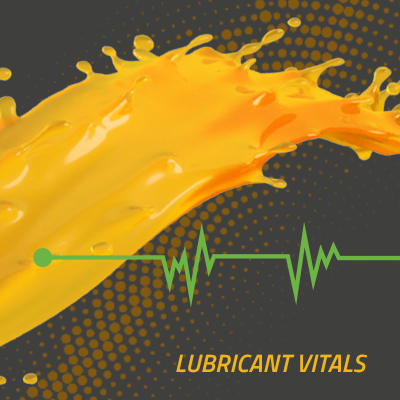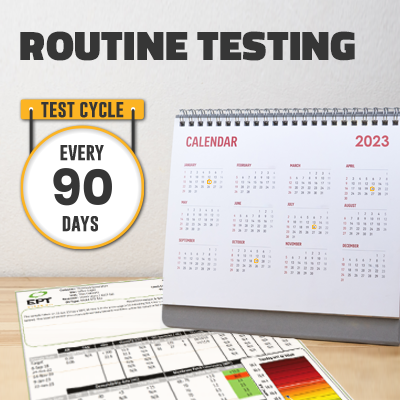Setting Your Oil Maintenance Program up for Success in 2024 & Beyond

Teaching the World a Better Way
EPT Clean Oil™’s vision is to Teach the World a Better Way to maintain critical industrial lubricants and fluids. That “Better Way” is Lubricant Chemistry Management. Throughout 2023, the first three installments of this four-part series have laid the groundwork for Part Four, wherein we will put it all together and show you how you can set your oil maintenance program up for success in 2024 and beyond.
A Better Way to Monitor Oil Condition
In our first instalment, we highlighted the importance of reliable and accurate oil analysis. In that post, we dispelled the myth that lubricants suddenly die. They don’t. The oils in our most critical industrial systems (turbines, compressors, hydraulics, etc.) only yield to the ravages of time when their chemistries fail, which only occurs after prolonged neglect. Most Importantly, oil death is entirely avoidable if we consider its root cause (chemical degradation) and adjust our maintenance practices to address it by actively managing lubricant chemistry. The oil lifetime extensions and reliability improvements resulting from this approach are essential cost and carbon savings sources.
The first step to extending your oil’s life is understanding its current condition. Reliable, accurate and appropriate oil analysis provides a window into your fluid’s physical and chemical health. This is imperative because, simply put, “You Can’t Manage What You’re Blind To.” By measuring your oil’s “Vital Signs” and comparing them to industry standard limits, you can understand where your lubricant is at, and identify problems that could lead to imminent oil and equipment failures.
So, you’ve sent your lubricant to the lab, and they’ve returned a data-filled report. What now? You need to sort that data in order of most imminent importance.
- Step 1: Look at the oil’s viscosity to ensure it’s intact and can continue fulfilling its requirements as a lubricant.
- Step 2: Check your fluid’s contaminant levels. High particle or water levels can lead to equipment failure, while dissolved metals can provide insight into impending equipment failure.
- Step 3: Evaluate your lubricant’s chemical health by looking for signs of breakdown: acids and varnish. Since varnish is the most common cause of oil-related equipment failures, it’s essential to ensure that you’re monitoring your fluid’s MPC varnish potential on at least a quarterly basis. Again, “You Can’t Manage What You’re Blind To.” Ensuring that your lab runs the test correctly (as outlined in ASTM D7843) is equally important. The easiest way to check is to see if a 72-hour hold period is reported alongside your MPC result. If the hold time isn’t there, the lab isn’t following ASTM D7843 and their MPC data can’t be relied upon when it comes time to make important oil maintenance decisions.
- Step 4: Now that you know where your oil is at, take a moment to consider its future; check your LSV (sometimes called RULER) or RPVOT results to assess your oil’s remaining lifetime. LSV and RPVOT results decrease relative to virgin oil levels during service. If they drop to < 25%, it’s time to consider an oil change. Even if your lubricant has plenty of life left, staying on top of LSV/RPVOT test results allows you to gauge the performance of your oil and its maintenance program. By trending LSV/RPVOT results, you can also proactively predict and schedule oil replacement.
Suppose the oil analysis report that your lab sent didn’t contain all the above information. In that case, you should ask them to run a more comprehensive (and appropriate) test package for your most critical lubricants. At a minimum, all of the above-discussed tests should be regularly run for turbines, compressors, and their hydraulic control systems.
Last but not least, don’t rely exclusively on your lab to “flag” concerning data for you. Many commercial oil analysis labs are jacks-of-all-trades, and their reporting systems may not be explicitly set for critical rotating and hydraulic systems. To get the most out of your oil analysis data, compare your results to the industry standard limits published by your OEM or in ASTM D4378 (for gas and steam turbines) and ASTM D8323 (for hydraulic control systems).
Collecting regular, reliable, and appropriate oil analysis data provides the information you need to manage your lubricant’s lifecycle while ensuring that your most critical systems operate reliably. If you’re still unsure where to start, please get in touch with EPT Clean Oil’s Fluid Technical Center for details relating to ASTM-compliant and application-appropriate ACE™ Oil Analysis packages.
Going Beyond Oil Analysis: Program Route Planning
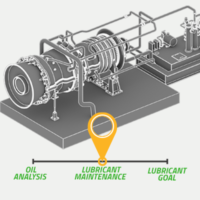
As discussed above, oil analysis is akin to measuring your lubricant’s “Vital Signs.” Once your oil has had its “Check-Up” and you’ve evaluated the results, what’s the best way to formulate a go-forward plan for your system or fleet? After all, failure to act on oil analysis data leads to unmanaged lubricant breakdown, operational issues, and reduced fluid lifetimes. During our second installment in this series, we introduced “Lubricant Maintenance Program Route Planning” as a valuable tool to leverage your oil analysis data and effectively implement maintenance solutions.
A simple way to identify and prioritize the systems whose oils need the most help is to compare your test results with industry standards like ASTM D4378 and ASTM D8323. If you’ve tested your oil samples using our Fluid Technical Center’s ACE test packages, this will already be done for you. Comparing your results to standard limits will quickly allow you to classify your oils as being: “In Specification,“Out of Specification,” or “Grossly Out of Specification.” Ideally, you’ll want your fluids to be “In Specification,” as this documents your compliance with industry standards and OEM requirements. However, if you have “Out of Specification” systems, this is still helpful information since you know where to get the most bang for your buck by adjusting your current oil maintenance practices! As it relates to your maintenance program, the following is a valuable guide for best practices, depending on how your oil was classified:
- Oils that are “In Specification” may not require immediate maintenance action. However, it’s best to think about managing their lubricant chemistry and contaminant levels sooner rather than later, as this will have the most significant impact on lifetime extension and mitigating the risk of equipment failure. By implementing Lubricant Chemistry Management on “In Specification” systems, you can ensure they stay that way!
- Fluids that are “Out of Specification” (but not grossly so) are in the range of recovery, which is to say that they can be returned to a condition that is “In Specification” with appropriate and timely maintenance actions. In this regard, Lubricant Recovery Programs can provide equipment, hoses, and consumables on a rental basis without any long-term commitments. However, once these oils have been recovered, it may be wise to consider permanent Lubricant Chemistry Management solutions so that they don’t end up “Out of Specification” again.
- Lubricants that are “Grossly Out of Specification” can’t be saved. They need to be replaced. To ensure that the next oil charge isn’t contaminated by “Grossly Out of Specification” fluid or the deposits this fluid may have formed, System Restoration Programs are recommended. By conditioning oils like this before their replacement, varnish deposits formed on equipment surfaces can be removed so that they don’t cause issues when a new oil charge is installed. Depending on the circumstances, this can also eliminate the need for costly flushing.
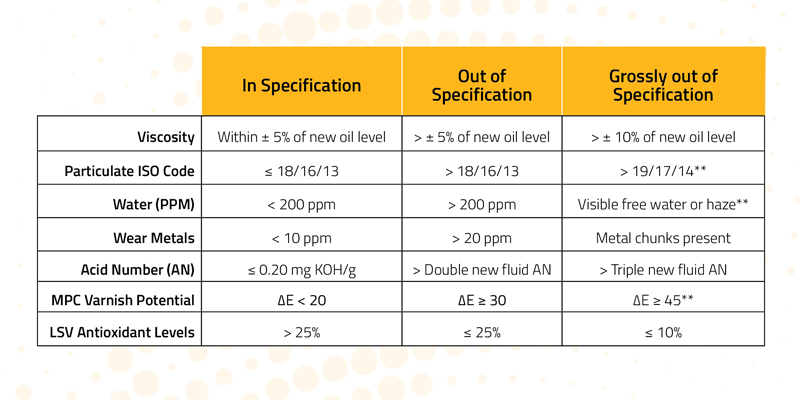
Ultimately, the Lubricant Maintenance Program Route Planning approach provides evidence-based guidance to prioritize your fluids’ specific requirements and implement appropriate solutions.
Manage Lubricant Chemistry to Save Money and Reduce Impact
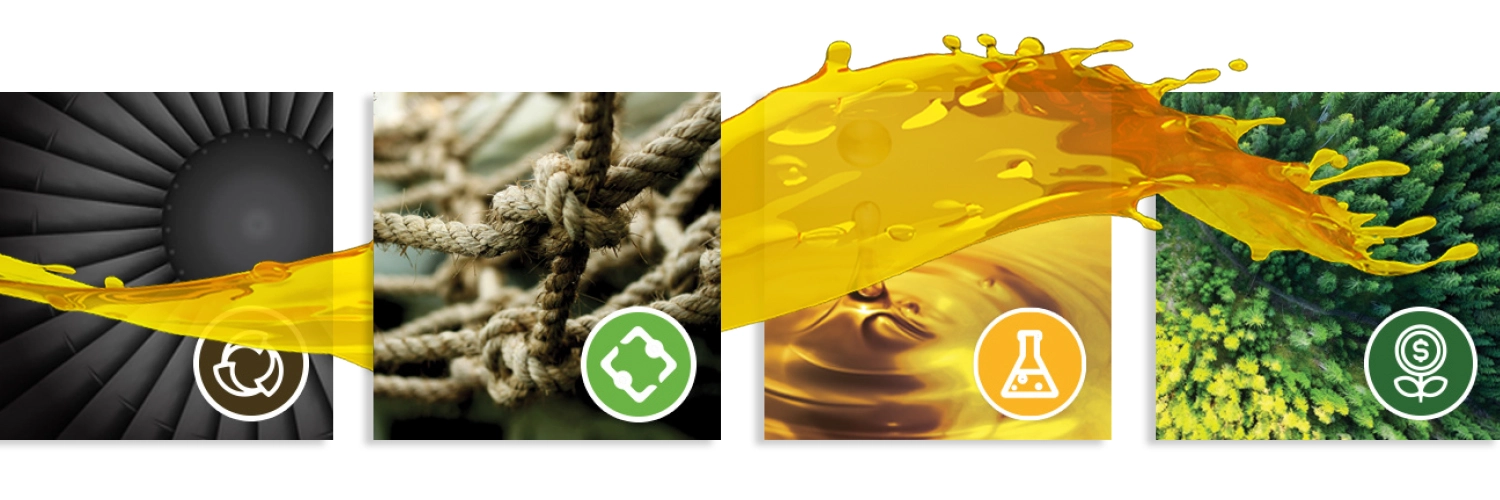
Dealing with lubricants that are “Out of Specification” is essential, but it is, undoubtedly, reactive maintenance. Intuitively, we all know that preventative or proactive maintenance strategies are preferable, but sadly, reactive “run to fail” maintenance is often considered “Business as Usual” in critical industrial applications. For instance, 20% of Frame 7 gas turbine users report lost production due to oil-related failures every year. In terms of lost generating revenue, each 24-hour failure of this type costs the turbine’s operator about $164,000. If plant production also depends on heat or steam generated by such a turbine, the loss can be even more significant: about $370,000 for each event. Over the turbine’s 25-year lifespan, this represents $1.85 million in avoidable losses. Why do we say that these losses are avoidable? Because oil-related failures are the result of unmanaged lubricant chemistry. With proactive Lubricant Chemistry Management, the rate of these failures can be reduced to near zero! Just think about what you could do with an extra $1.85 million…
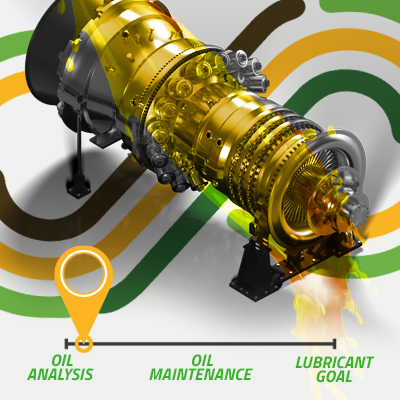
So, what is Lubricant Chemistry Management? Lubricant Chemistry Management is a two-pillar approach to maintaining critical oils. First, you need good oil analysis to help you make data-driven maintenance decisions. You need to run the right tests the right way, and you need to run them often enough to stay on top of your oil’s condition. If you need assistance with any of the above, EPT Clean Oil’s Fluid Technical Center offers ASTM-compliant ACE oil testing to help you.
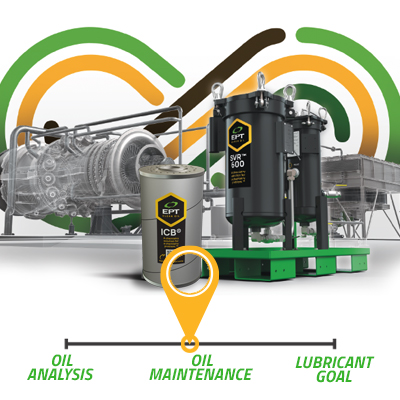
The second pillar of lubricant chemistry management involves taking action. If your oil analysis has highlighted a problem, you must do something about it. Even if the analysis comes back “In Specification,” it’s never too early to proactively avoid oil-related issues and maintain your lubricant chemistry. This is where ICB® ion-exchange filters come into play. These patented filters remove the oil breakdown products (acids, varnish, etc.) that cause reliability issues and lead to premature lubricant failure. Whether restoring your “Out of Specification” or maintaining your “In Specification” oil, ICB is the right tool to manage your lubricant chemistry.
When you do this, amazing things happen for your maintenance program. Your assets can operate more reliably, leaving you with fewer maintenance-related headaches. Your oils perform better (and so do your production assets)! Last but not least, your lubricants last longer – much longer. In some cases, oil lifetimes can be extended to the lifetime of your equipment (in combination with a 5% annual new oil top-up to address your oil’s antioxidant levels). According to ASTM D4378, most turbine oils only last 2 – 5 years without Lubricant Chemistry Management. With ICB conditioning, fivefold oil life extensions are often observed, reducing oil replacement costs by 80%. Perhaps, most importantly, this also helps reduce the carbon footprint associated with your lubricant by an equal amount. Did you know that lubricant production is the most carbon-intensive process in an oil refinery? Consider what your Boss and your Children will say if you tell them you can reduce your maintenance program’s carbon footprint by 80%…

And that panacea is “The Better Way” that EPT Clean Oil strives to teach the world. Lubricant Chemistry Management can significantly impact our planet, and that impact becomes more significant the more widely it is applied within your fleet. Consider, for instance, the results achieved when Lubricant Chemistry Management was used fleetwide by a pipeline with 80 turbo-compressor stations. Since this operator started running the right oil analysis and installed ICB on their systems, they’ve saved over $97 million and prevented 15 million kg of carbon emissions. Talk about a Better Way of maintaining your oil!
Start the New Year on the Right Foot!
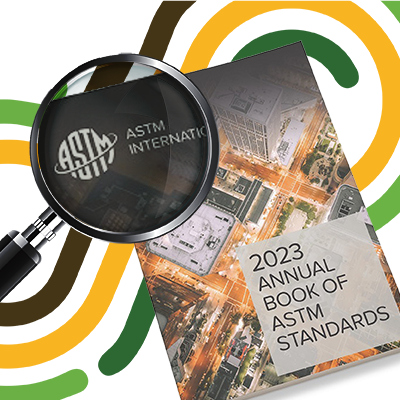
If you want to set your oil maintenance program up for success in 2024, the time to begin planning is now! So, where do you start? The first step is always oil analysis. Review your most recent results. If you don’t have recent results, ask EPT Clean Oil about ASTM-compliant ACE Oil Analysis for your systems. We’ll help you run the right tests in the right way to get value from your condition monitoring program.
Once you have data, compare it to the limits outlined by your OEM or in standards like ASTM D4378 and ASTM D8323. Use these limits to classify your systems as “In Specification,” “Out of Specification,” or “Grossly Out of Specification” so that you can prioritize your maintenance needs. In short, fix the worst first –replacing “Grossly Out of Specification” oils or initializing Lubricant Recovery Programs for those that can be saved. And remember, it’s never too early to start managing your lubricant’s chemistry. If your oil is “In Specification,” keep it that way by proactively maintaining it with ICB ion-exchange filters. If you have resources left in your 2023 maintenance budget, now is a great time to think about proactive Lubricant Chemistry Management to set yourself up for success in 2024.

Need help with any of the above? That’s why we’re here. EPT Clean Oil always puts our customers first. For that reason, we’re pleased to introduce “Fluid Health Check,” a new tool to help bring your current oil maintenance needs into focus. Fluid Health Check is a convenient way to see your most recent oil analysis data and industry-standard limits in one place. It even highlights “Out of Specification” results for you and quantifies the severity of any issues which may be present.
Once your data has been collected and Fluid Health Check has identified any problems that may be present, EPT Clean Oil can help you tackle them with a solution-oriented mindset. It’s what we’ve been doing for over 30 years, and it’s embedded in our DNA, which is why we have a broad portfolio of solutions to help you manage almost every type of industrial lubricant chemistry! Whether it’s ICB RO for turbine and compressor oils, ICB FRF for electrohydraulic control fluids, ICB JET for jet engines, or ICB AW for hydraulic systems, we’ve covered your system and application.
There’s no time like now to set your oil maintenance program up for success in 2024 (and beyond)! See the “Better Way” to maintain your oils and your critical assets for yourself with Lubricant Chemistry Management.




